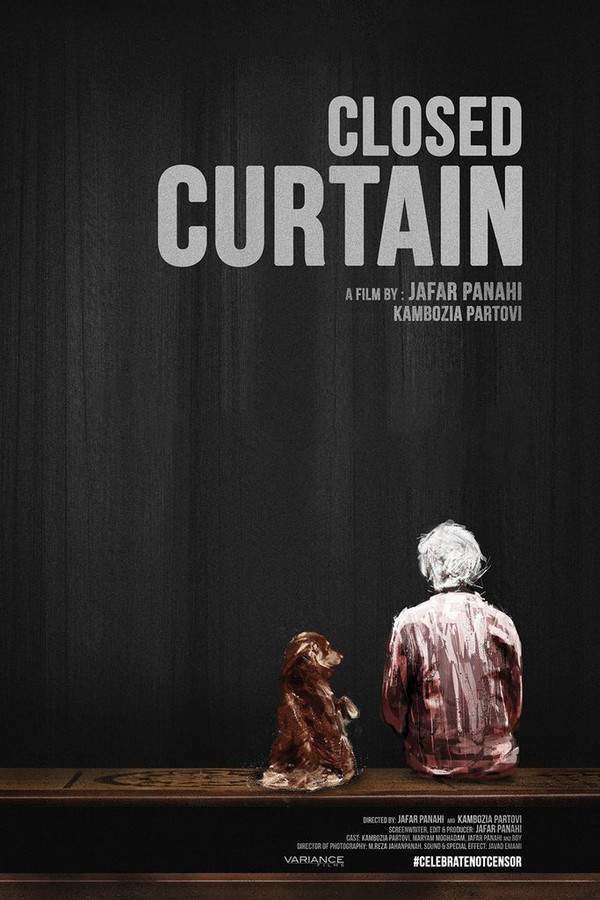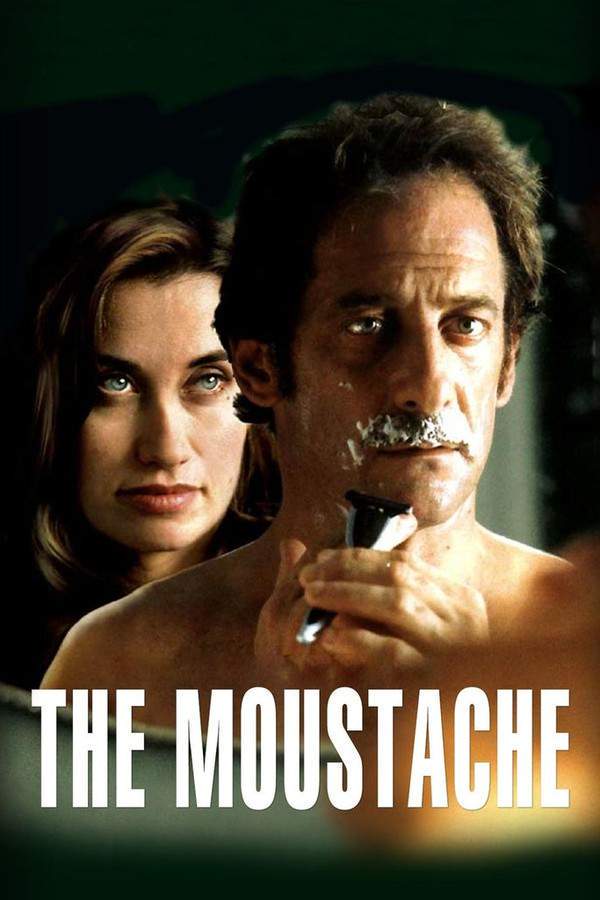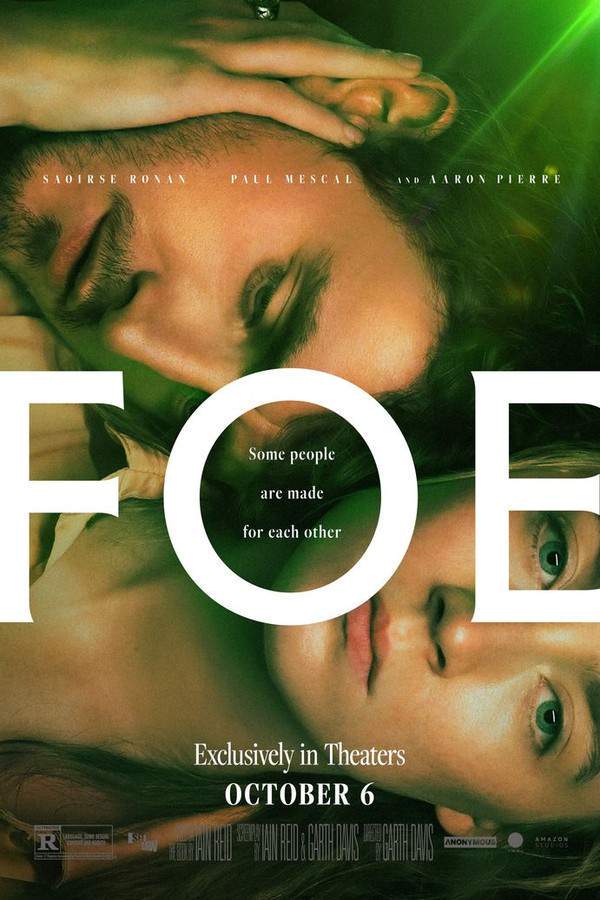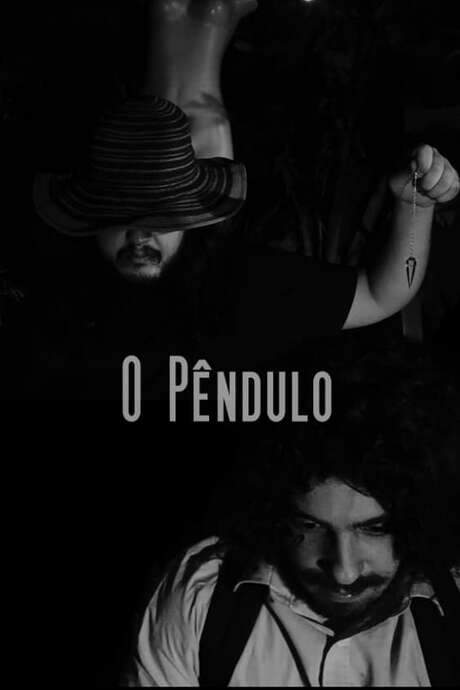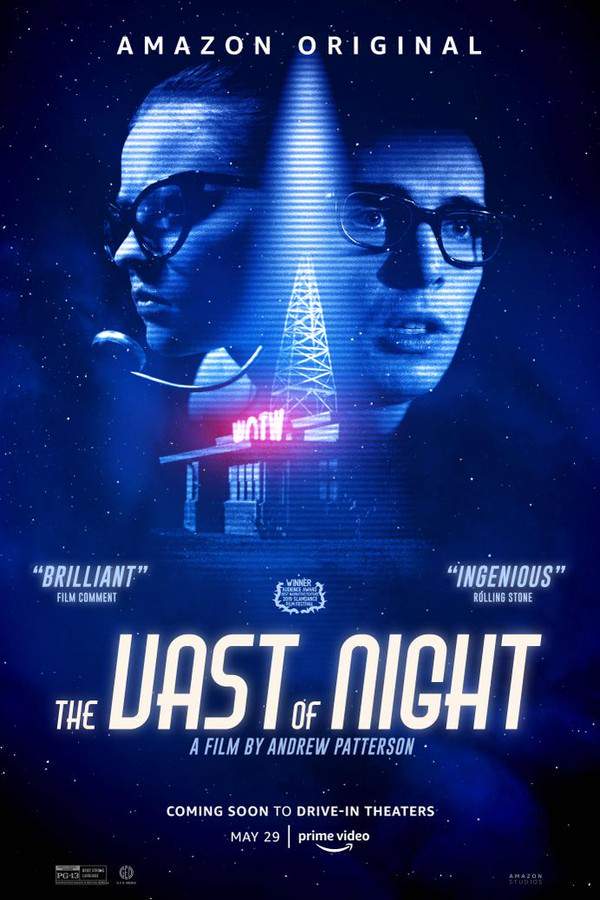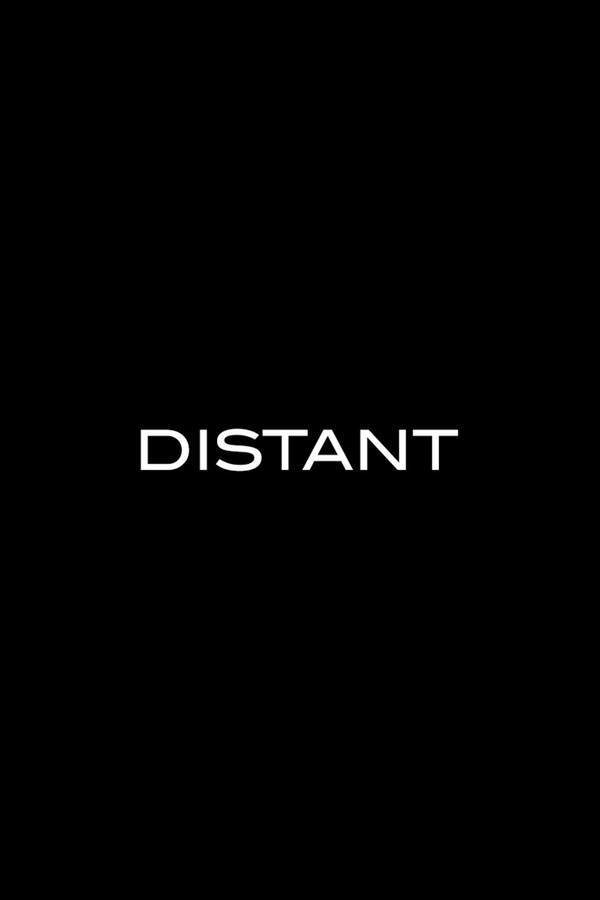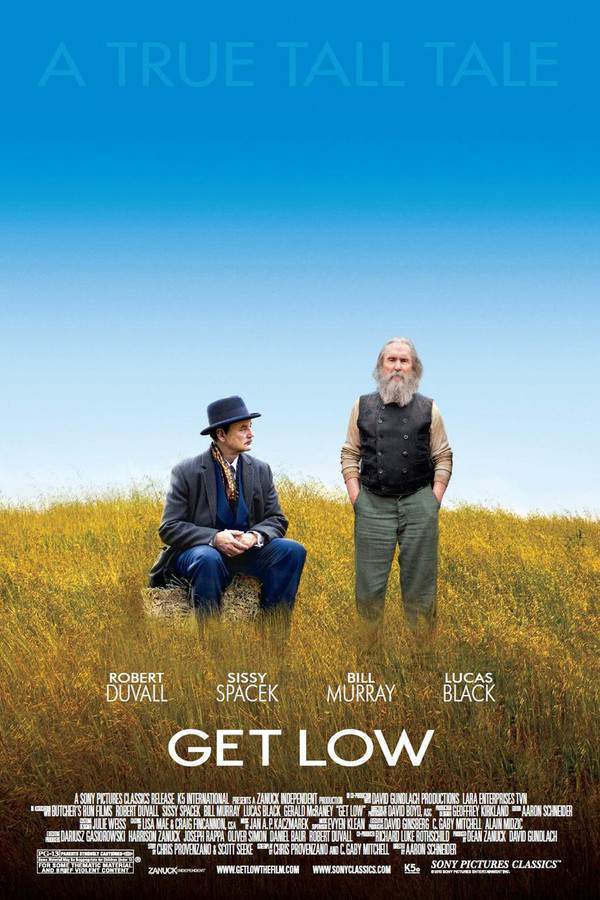
Delusion
Year: 2016
Runtime: 103 mins
Language: Estonian
Director: Vallo Toomla
Haunted by a difficult choice, Anna and Juhan seek refuge at a friend's summer house, hoping for respite. A storm arrives, forcing them to take in another couple who mistakenly believe the house is theirs. Rather than correcting the misunderstanding, Anna and Juhan allow the deception to continue, and their unresolved bitterness begins to surface as they subtly manipulate their unexpected guests.
Warning: spoilers below!
Haven’t seen Delusion yet? This summary contains major spoilers. Bookmark the page, watch the movie, and come back for the full breakdown. If you're ready, scroll on and relive the story!
Delusion (2016) – Full Plot Summary & Ending Explained
Read the complete plot breakdown of Delusion (2016), including all key story events, major twists, and the ending explained in detail. Discover what really happened—and what it all means.
A woman who keeps a diary and baskets of small, everyday rituals becomes the center of a quietly unsettling story. After writing about a string of failed romances, she meets Yu Wenle on the street, a man who seems to resemble the “him” from her diary. Without hesitation she invites him home, cooks for him, and finds herself falling in love, even as the ordinary rhythm of her life begins to tilt. The film moves with a patient, observant pace, letting small details accumulate into a mood that feels both intimate and uncanny.
In the first third, everything appears normal on the surface, yet an undercurrent of strangeness threads through the scenes. The heroine’s demeanor drifts between moments that feel like fleeting amnesia and stretches that resemble sleepwalking, as if she, and perhaps the world around her, are half-remembered dreams. She lives largely in solitude: her family and colleagues rarely appear, and her interactions with the outside world feel tentative. Her daily life becomes a ritual of cooking, crafting puppets, and writing in her diary, punctuated by long periods of quiet, almost trance-like reflection. The atmosphere invites the viewer to sense that longing for companionship has begun to blur with fear, and loneliness sits at the heart of her experience. A guiding voice-over quietly suggests that modern life can breed paranoia when loneliness and anxiety turn inward, producing a fog of doubts and, in extreme cases, a fragile grip on reality.
The film expands beyond a single figure to reveal three intertwined threads, each centered on a different professional: a psychologist, a writer, and a police officer. The psychologist, Li Yulin, attends to a patient who is convinced they are being followed by an anonymous, shadowy organization. The writer, Lin Zichen, works on a novel about delusion itself, and as he writes, the boundary between what is real and what is imagined begins to blur in his own life. The police officer, Li Wei, investigates a string of bizarre murders, tracing clues that seem to loop back to the realm of delusions and insisted interpretations of reality. As the stories unfold, they begin to overlap in ways that raise questions about who is watching whom and why certain patterns recur.
As these strands converge, a startling and unsettling truth emerges: the narratives around Lin Zichen’s novel and Li Wei’s investigations are connected to a vast psychological experiment. The lines between fiction and reality start to dissolve, and the characters—along with the audience—are pulled into a vortex where perception shifts and what one believes might be, in fact, an orchestrated manipulation. The film slowly reveals that the very act of telling a story, diagnosing a mind, and pursuing a crime is enveloped in a larger experiment that tests how easily fear, doubt, and imagination can be weaponized. The boundaries between what is real and what is imagined blur more and more, leaving the trio of protagonists entwined in a complex, uneasy relationship with truth itself.
Throughout the narrative, the mood remains contemplative and precise, choosing suggestion over sensationalism while encouraging readers to examine their own susceptibility to solitude and suspicion. The pacing sustains a steady tension, letting the audience dwell on quiet moments—a glance, a stray sentence, a diary entry—before revealing how these pieces fit into a larger, unsettling design. The film does not rush toward loud revelations; instead, it invites viewers to observe how fear can knit itself into memory and how personal narratives can be co-opted into experiments that seek to alter perception on a grand scale.
In the shadows and silences of the story, the Neighbour Woman [Laine Mägi] and the Neighbour Man [Andres Lepik] appear intermittently, offering brief, human touches amid the larger questions of mind and reality. Their presence grounds the film in a lived, domestic space, reminding us that even when minds are being probed by unseen forces, everyday life continues, with its own small dramas and concerns. These moments of ordinary contact serve as counterpoint to the larger inquiry into delusion, reality, and control, highlighting how vulnerability and care can exist side by side with manipulation and doubt.
Ultimately, the film presents a provocative meditation on loneliness, perception, and the power of storytelling to shape what we accept as real. It asks whether our most intimate experiences can be influenced—or even manufactured—by unseen forces, and it challenges us to consider how much of what we believe rests on the fragile ground of memory and interpretation. The result is a nuanced, haunting meditation that remains faithful to its core questions while offering rich, layered storytelling that rewards patient viewing.
Last Updated: October 09, 2025 at 15:49
Explore Movie Threads
Discover curated groups of movies connected by mood, themes, and story style. Browse collections built around emotion, atmosphere, and narrative focus to easily find films that match what you feel like watching right now.
Psychological deceptions like in Delusion
Stories where deception blurs reality and unravels fragile psyches.Explore movies like Delusion, where subtle manipulation and deception create an intricate web of psychological tension. These films often feature complex characters, ambiguous realities, and a slow-burn approach to unfolding their unsettling narratives, perfect for viewers who enjoy cerebral thrillers that challenge perception.
Narrative Summary
Narratives in this thread often begin with a seemingly simple deception that spirals out of control, exposing the hidden fears and motivations of the characters. The central conflict is internal and psychological, pitting characters against each other and their own unraveling sense of self in a battle for the truth.
Why These Movies?
These movies are grouped by their shared focus on psychological manipulation as a central plot driver. They create a similar, unsettling viewing experience defined by a tense atmosphere, complex character dynamics, and an intellectually challenging exploration of reality and delusion.
Slow burn tension like in Delusion
Films where a patient pace builds a pervasive and lingering sense of dread.Find more movies like Delusion that master the art of slow-burn, atmospheric storytelling. These films use a deliberate pace, nuanced performances, and precise visuals to create a quietly unsettling and contemplative mood, ideal for fans of subtle psychological drama and nuanced tension.
Narrative Summary
Stories in this thread unfold patiently, focusing on the accumulation of small, significant details that contribute to an overarching feeling of disquiet. The narrative structure is often observant and character-driven, with tension rising from unspoken conflicts, unexpressed emotions, and the weight of the environment itself.
Why These Movies?
These films are connected by their shared commitment to a specific mood and pacing. They prioritize atmosphere over plot speed, creating a cohesive and immersive experience for viewers who enjoy being slowly drawn into a world of subtle anxiety and contemplative dread.
Unlock the Full Story of Delusion
Don't stop at just watching — explore Delusion in full detail. From the complete plot summary and scene-by-scene timeline to character breakdowns, thematic analysis, and a deep dive into the ending — every page helps you truly understand what Delusion is all about. Plus, discover what's next after the movie.
Delusion Timeline
Track the full timeline of Delusion with every major event arranged chronologically. Perfect for decoding non-linear storytelling, flashbacks, or parallel narratives with a clear scene-by-scene breakdown.

Characters, Settings & Themes in Delusion
Discover the characters, locations, and core themes that shape Delusion. Get insights into symbolic elements, setting significance, and deeper narrative meaning — ideal for thematic analysis and movie breakdowns.

Delusion Spoiler-Free Summary
Get a quick, spoiler-free overview of Delusion that covers the main plot points and key details without revealing any major twists or spoilers. Perfect for those who want to know what to expect before diving in.

More About Delusion
Visit What's After the Movie to explore more about Delusion: box office results, cast and crew info, production details, post-credit scenes, and external links — all in one place for movie fans and researchers.



